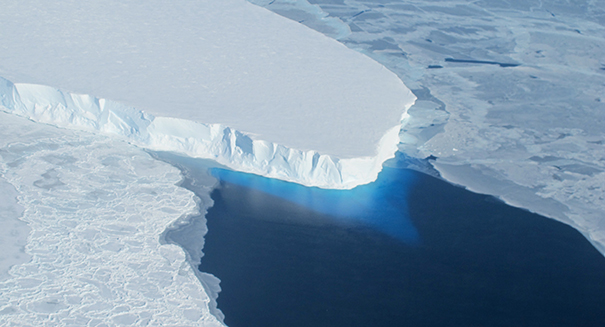
We might be finally seeing the globe changing effects of global warming.
The National Oceanic and Atmospheric Administration says that this winter 2014-15 was one of the warmest in recorded history. There is on small region in the North Atlantic, however, holds contrary to this statistic, and has taken an opposing stance to this warming trend of winter since 1970.
This particular area in the North Atlantic is showing temperatures 3.6 degrees Fahrenheit colder than average, not warmer. This cold patch could be one of the indicators of a dramatic slowdown in the Gulf Stream, which moves huge amounts of heat north from the equator to the pole. This slow down is concerning because if this warm-to-cold water relay is slowed or ceased, it will throw off the entire equilibrium of our planet.
It seems climate experts might be right in about global warming when they theorize that global warming can lead to “tipping points” in the climate system that can’t be reversed or even stopped once they’ve started. Recently Intergovernmental Panel on Climate Change, of the U.N., has claimed a 10% likelihood of a Gulf Stream shutdown before year 2100. Other experts say the odds are even higher.
The melting of the Greenland ice sheet could be a factor in this Gulf Stream cool down. The ice sheet there is melting more and more rapidly each year. As it melts, it’s dumping fresh water into the ocean. Fresh water is lighter and colder than the heavy, dense salt water, so the two don’t mix evenly and the fresh water tends to sit on top of the water column. This fresh water builds up over the years to the point when it starts interfering with the formation and sinking of salt-enriched waters. The interference with the usual currents of the North Atlantic Ocean in turn affects the flow of the Gulf Stream, as it is all connected.